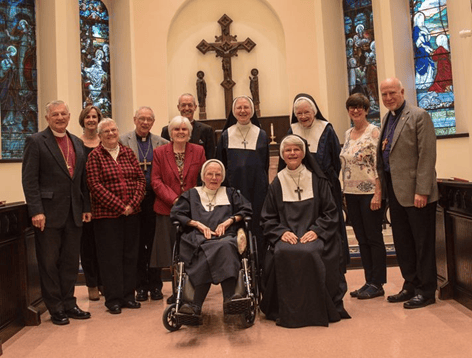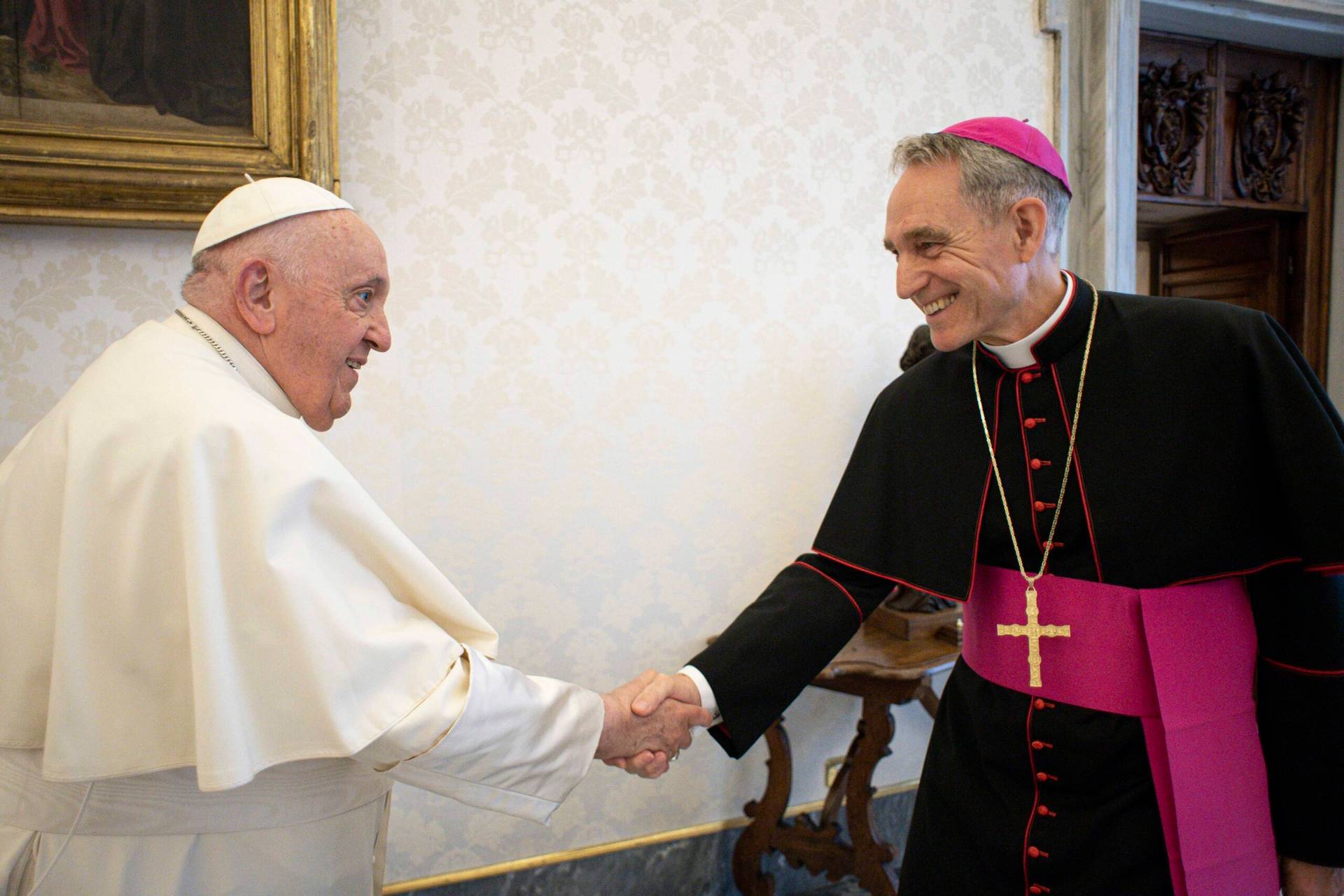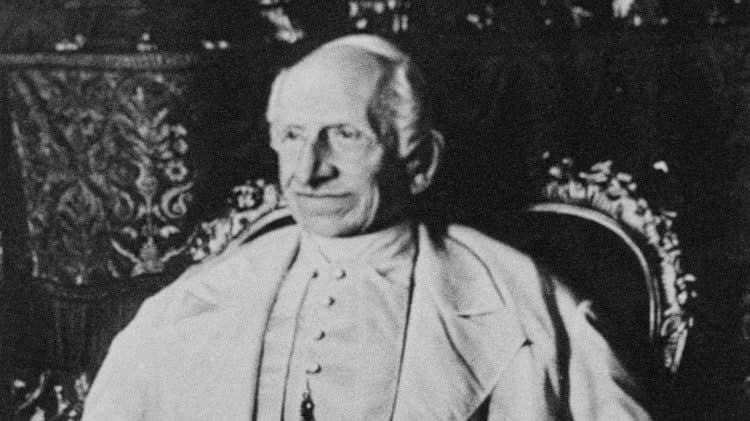ROME – In the United States, political chatter right now is dominated by the Democratic contest to take on President Donald Trump in 2020, while those of us living in Europe are focused on elections for the next European Parliament that wrap up today and the extent to which anti-immigrant populists may add to their heft on the Old Continent.
One can make a good case, however, that the most important political news of the past week didn’t come anywhere in the West but literally half a world away in India, where Prime Minister Narendra Modi obliterated his opposition and swept to reelection in the world’s largest democracy.
Modi rode a wave of nationalism sparked by a mid-February suicide bombing in which Pakistani militants killed 40 Indian security personnel, followed by mutual airstrikes by each country in the other’s territory. The BJP, along with allied parties, won 353 seats in parliament, paving the way for Modi to become the first prime minister in decades to return to government with an even stronger majority after completing his entire tenure in office.
That’s a noteworthy development for all sorts of reasons, but seen through a Christian lens it raises pressing questions about the future for religious minorities in one of the world’s emerging superpowers.
Modi’s background is as a leader in the Rashtriya Swayamsevak Sangh, or RSS, a right-wing Hindu nationalist group, and later as a rising star in the Bharatiya Janata Party, or BJP, which is the RSS’s political wing. In effect, Modi is the Donald Trump of India – he appeals to an “India for the Indians” mentality, in part by identifying what it means to be Indian with Hinduism.
By extension, minority groups are styled as, to greater and lesser extents, “un-Indian,” tolerated in good moments and actively persecuted in bad ones.
Today, India’s fault lines are increasingly defined by a force for which the country has invented a new bit of political argot: “saffronization.” Saffron is the color of the robes worn by Hindu sages, so “saffronization” has been coined to mean a drive to foster Hindu values and practices, even to give them the force of law, resulting in what critics see as virtually a Hindu version of Islamic sharia.
While all minorities are thus potentially at risk in the wake of Modi’s triumph, I’ll focus here on what it means for the country’s small Christian community, which has already faced severe threats.
India’s northeastern state of Orissa, in the region of Kandhamal, was the scene of the most violent anti-Christian pogrom of the early 21st century. In 2008, a series of riots ended with as many as 500 Christians killed, many hacked to death by machete-wielding Hindu radicals, and thousands more injured and at least 50,000 left homeless.
Many Christians fled to hastily prepared displacement camps, where some languished for two years or more. An estimated 5,000 Christian homes, along with 350 churches and schools, were destroyed. A Catholic nun, Sister Meena Barwa, was raped during the mayhem, then marched naked and beaten. Police sympathetic to the radicals discouraged the nun from filing a report, and then hesitated to arrest her attackers.
The Orissa pogrom is merely the most spectacular instance of anti-Christian violence in India. An investigation by a high court judge in Karnataka state in March 2010 found that Christians in the state had faced more than 1,000 attacks each 500 days, meaning an average of two per day, and that was almost a decade ago.
For a more recent example, in June 2018 five Christian women aged 20 to 35 were performing a street play in Jharkhand in eastern India when they were abducted and then gang-raped in a forest. Police, who eventually investigated the case, stated that the assault was allegedly filmed on cell phones.
In certain Indian states, mostly those controlled by the BJP and their allies, there are chronic complaints that police and prosecutors are slow to investigate offenses committed against Christians by Hindu radicals. Hindu radicals often stage massive “reconversion” ceremonies in rural areas in which Christians are effectively compelled to embrace Hinduism, and these events are often organized in cooperation with local police and security authorities.
Since Modi came to power in 2014, attacks on Christians and other minorities have accelerated. Open Doors, an anti-Christian persecution watchdog group, currently ranks India 10th in the world in terms of the threats it poses.
The emergence of India as a primary battleground in the global war on Christians is especially tragic, given India’s great national aspirations to both democracy and religious tolerance. Although Christians are just 2.3 percent of the population, they enjoy an outsize degree of visibility and respect, in part because they operate many of the country’s best regarded schools, hospitals and social service centers.
When the iconic Catholic figure Mother Teresa died in 1997, she was awarded a full state funeral. The gun carriage that bore her body was the same as that used to carry India’s founding father, Mohandas K. Gandhi, and Jawaharlal Nehru, the country’s first prime minister, to their cremations. It’s difficult to imagine many other overwhelmingly non-Christian societies in which a Christian would be accorded that kind of treatment.
Right now, it’s hard to imagine such a legacy meaning much to Modi and the forces that brought him to power. However, it remains part of India’s national character – and today, Catholic leaders in the country, who are every bit as Indian as those who style them as alien, face the challenge of stirring the embers of those memories.
Follow John Allen on Twitter: @JohnLAllenJr
Crux is dedicated to smart, wired and independent reporting on the Vatican and worldwide Catholic Church. That kind of reporting doesn’t come cheap, and we need your support. You can help Crux by giving a small amount monthly, or with a one time gift. Please remember, Crux is a for-profit organization, so contributions are not tax-deductible.

















